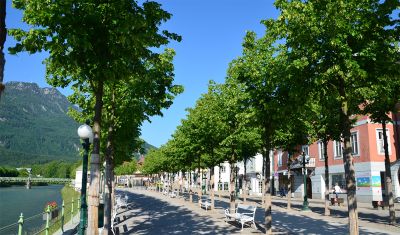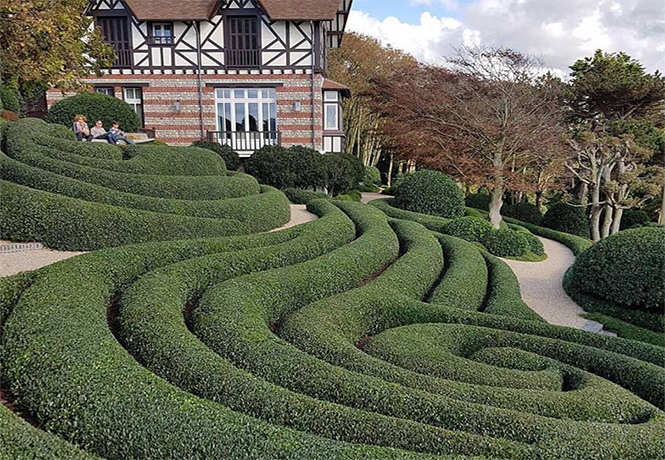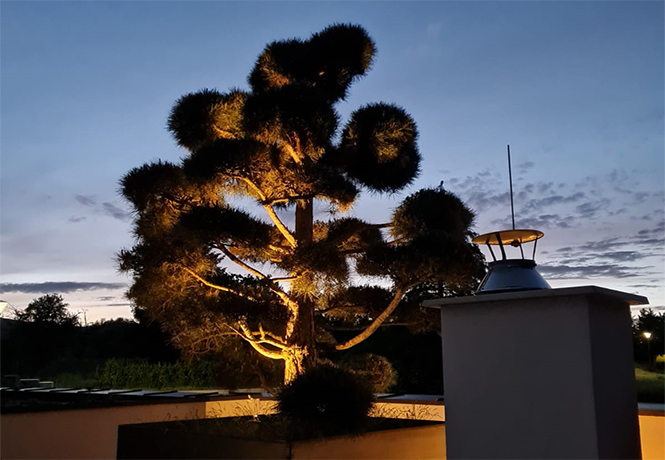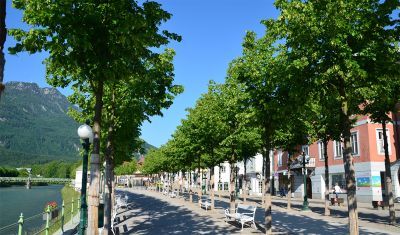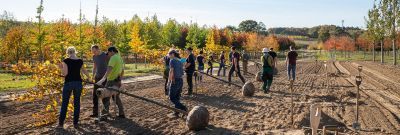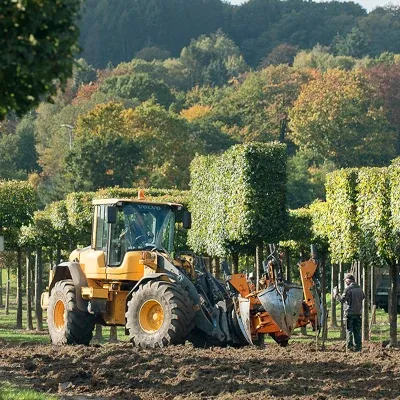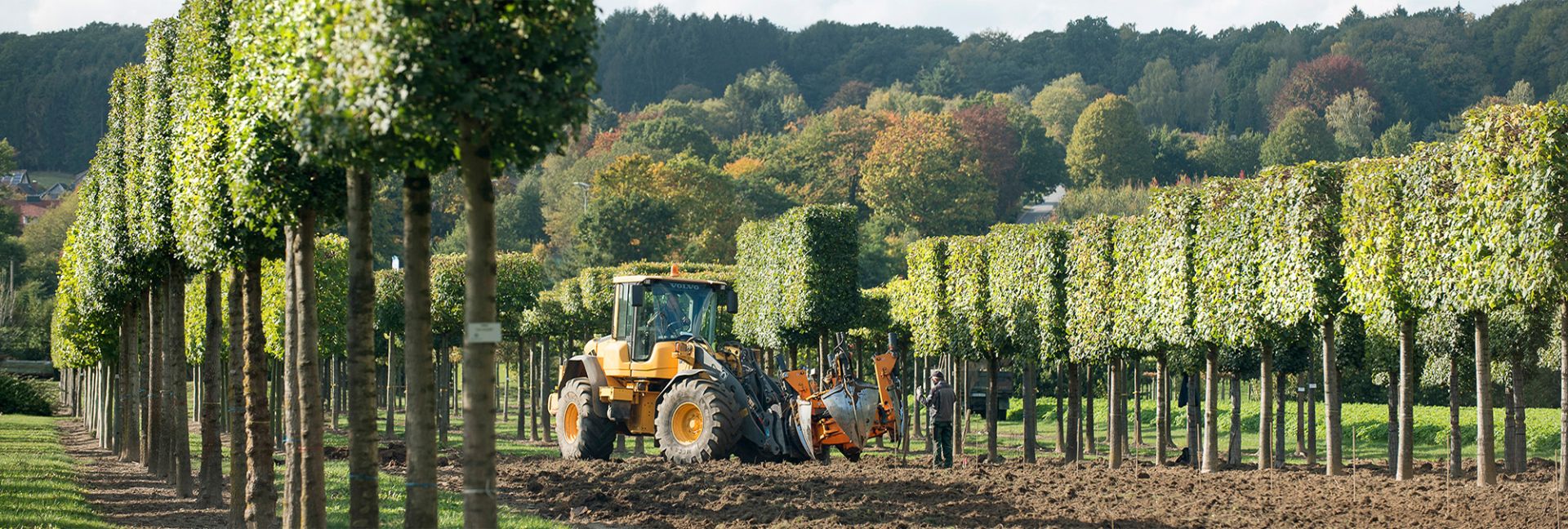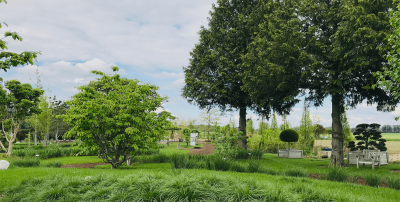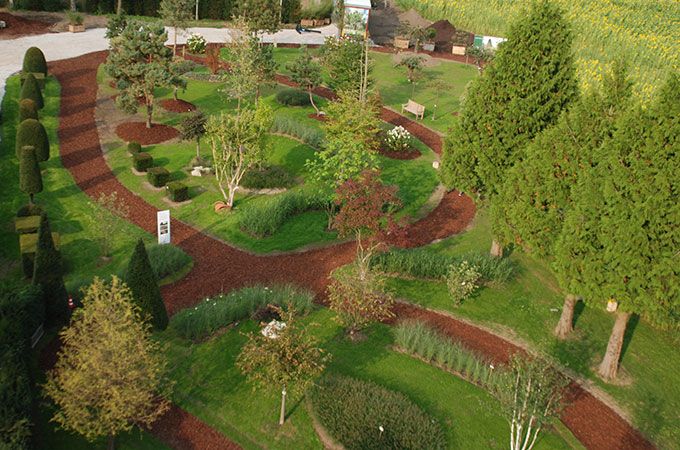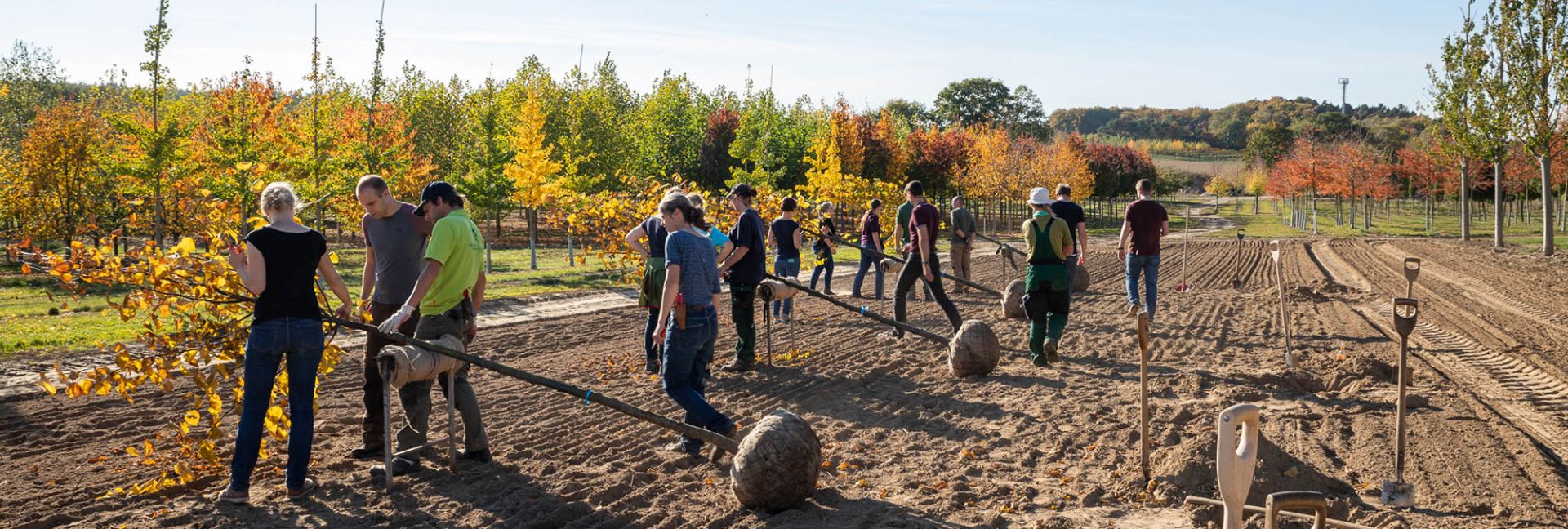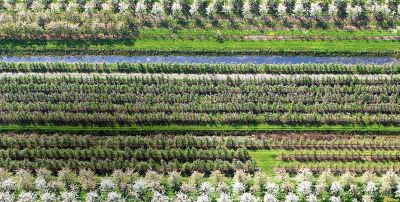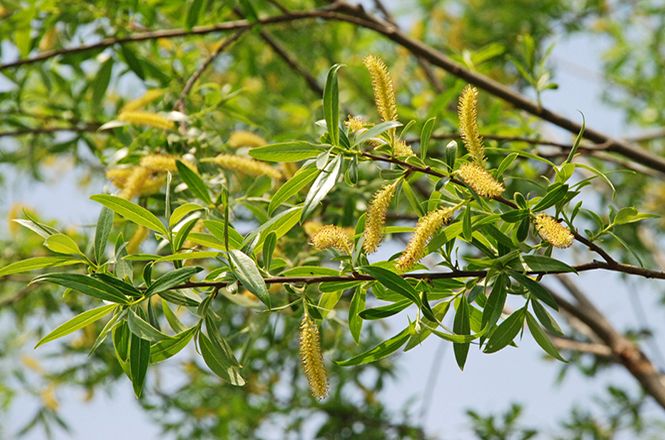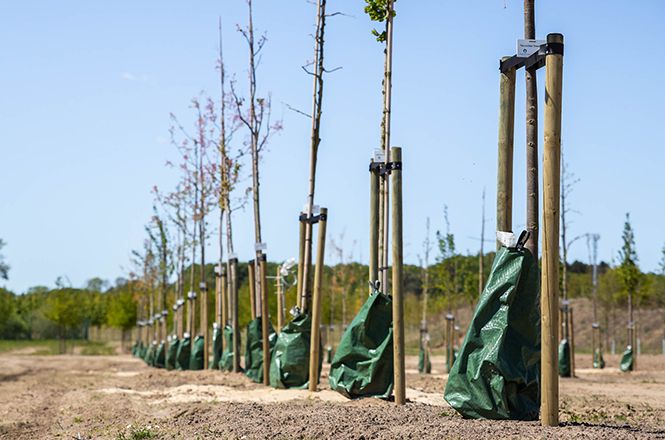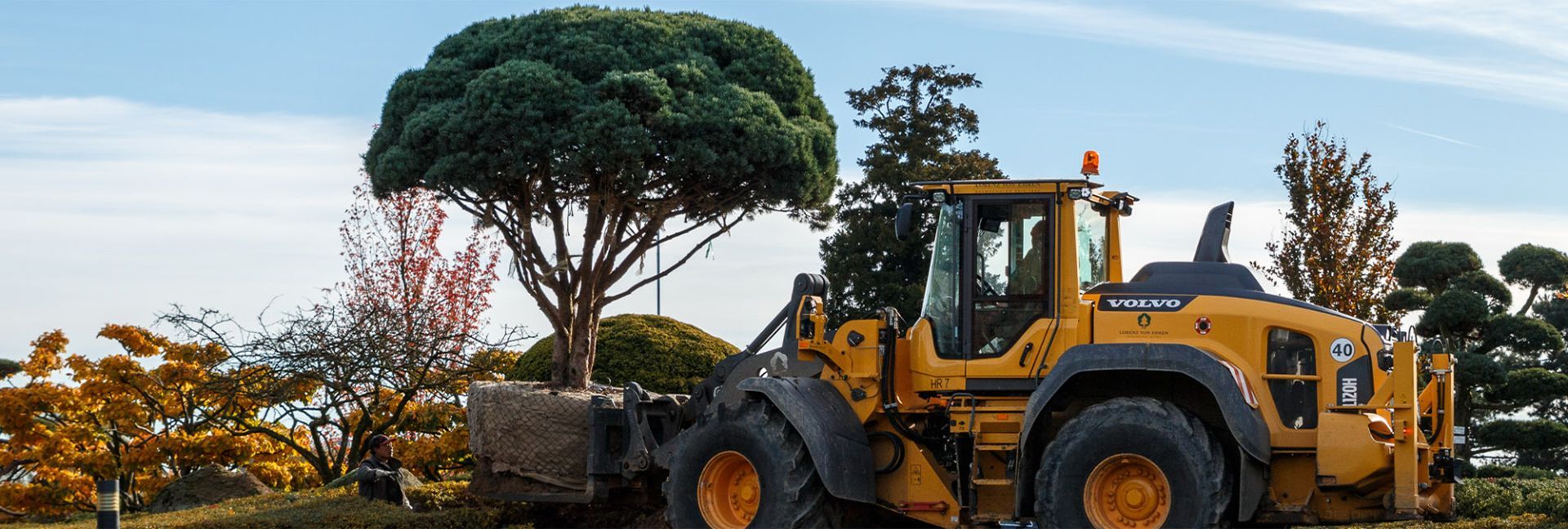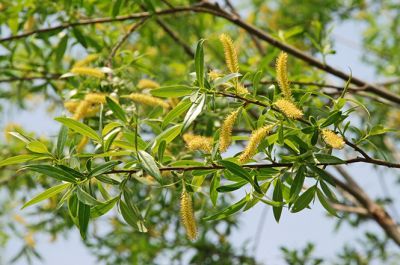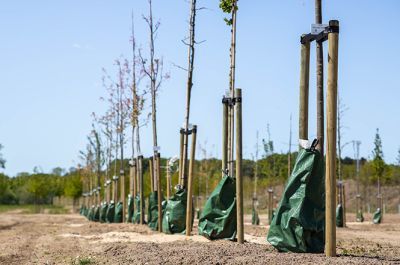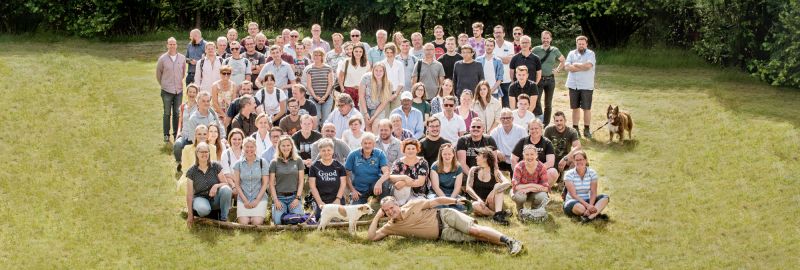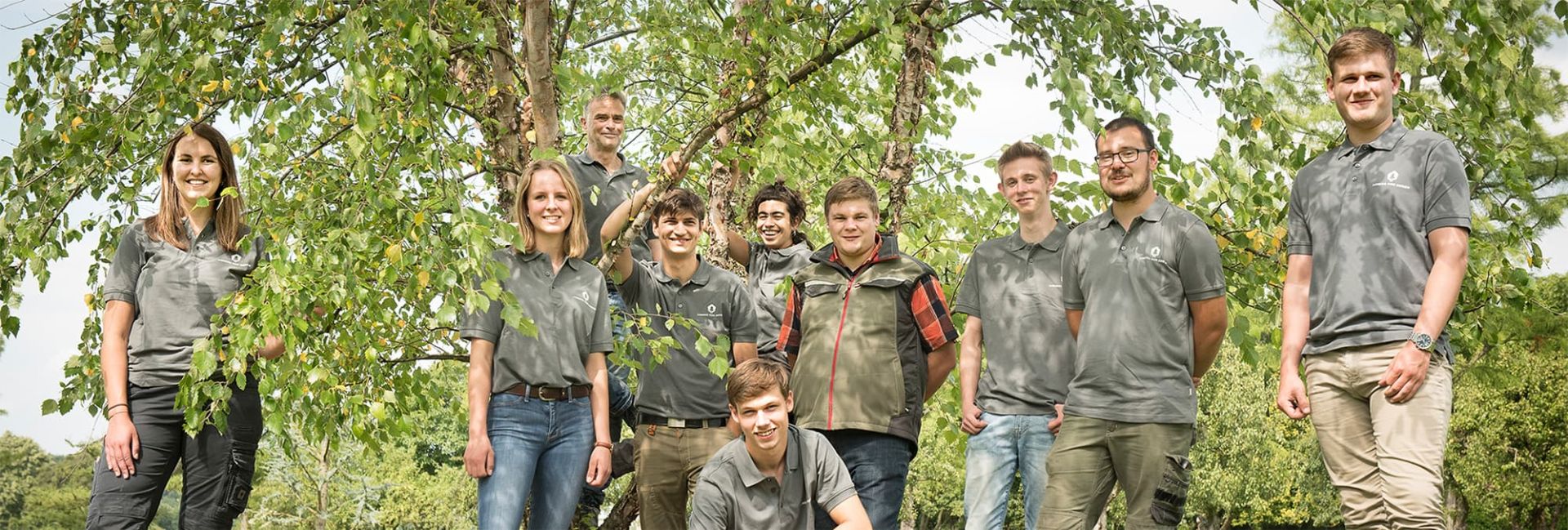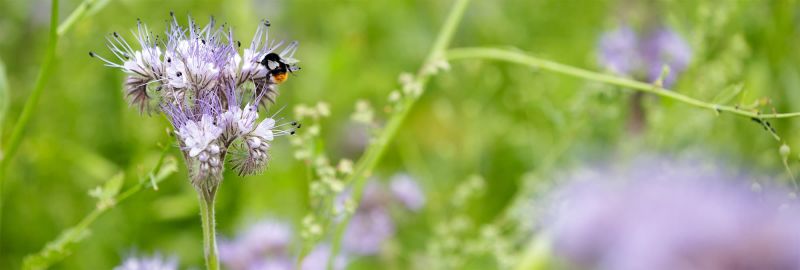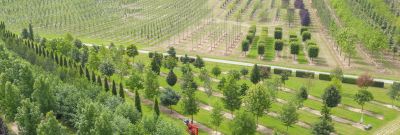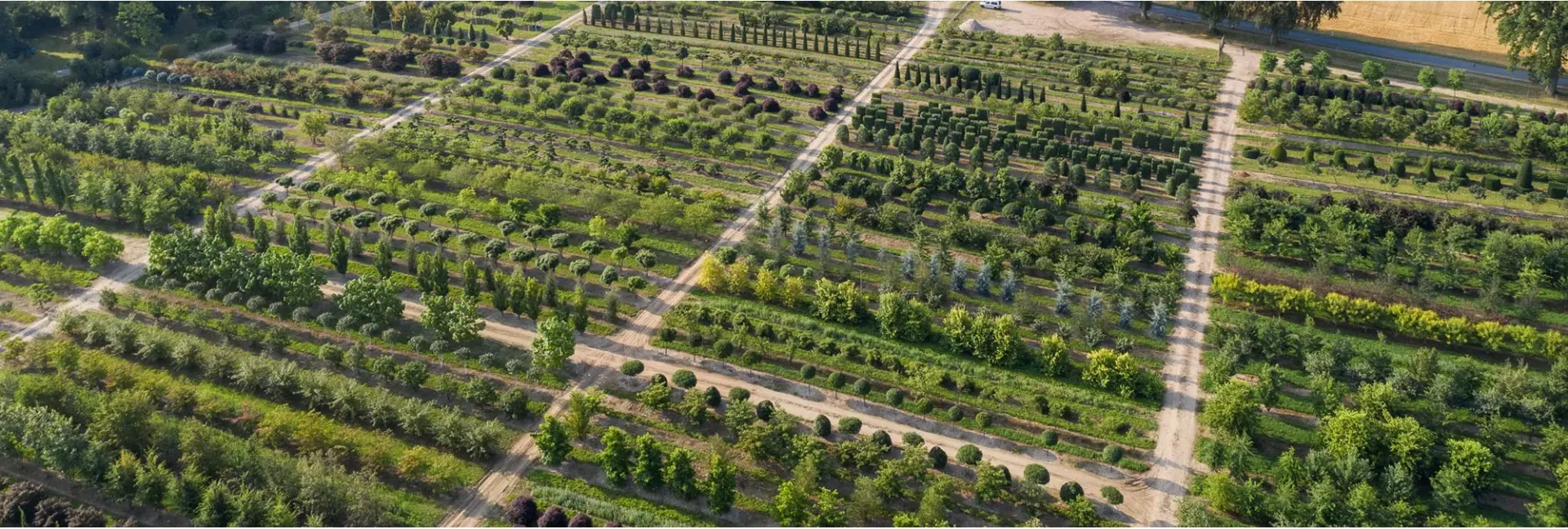Thuja occidentalis - White Cedar, American Arborvitae
Variety overview
Specifications:
Origin:
Eastern North America
Habit:
Conical, medium-high tree, 15-20 m tall, 3-5 m wide; main stem straight through, often with several shoots; branches arching upright, twigs fan-like; slow-growing, 20-30 (40) cm a year.
Flower:
Monoecious, inconspicuous greenish yellow, like small buds.
Fruit:
1 cm große, rötlichbraune Zapfen; wenn sich der Baum nicht wohlfühlt, bildet er überreichen Zapfenbesatz.
Leaves:
Scaly, pale dark green on top, pale green underneath; pungent aroma; brown green due to the cold in winter, turning green in spring.
Roots:
Flat, dense, near the surface, sensitive to soil compaction; lifts surfacing.
Demands:
Sun to semi-shade, tolerates shade less than often assumed, few leaves in the shade, few branches, with gaps; likes cool, humid areas, sensitive to heat and drought, frost hardy, good for urban areas, wind resistant; tolerates cutting.
Soil:
Fresh to damp; acidic to alkaline; any nutritious substrate.
Our tip:
Like Taxus baccata, Thuja occidentalis can be trained into any shape for many years, but cutting into the old wood or the roots will, unlike with Taxus, prevent shooting. Neglected Thuja hedges cannot regenerate.
Hardiness:
Zone 5a

